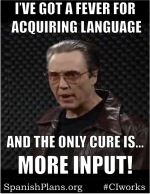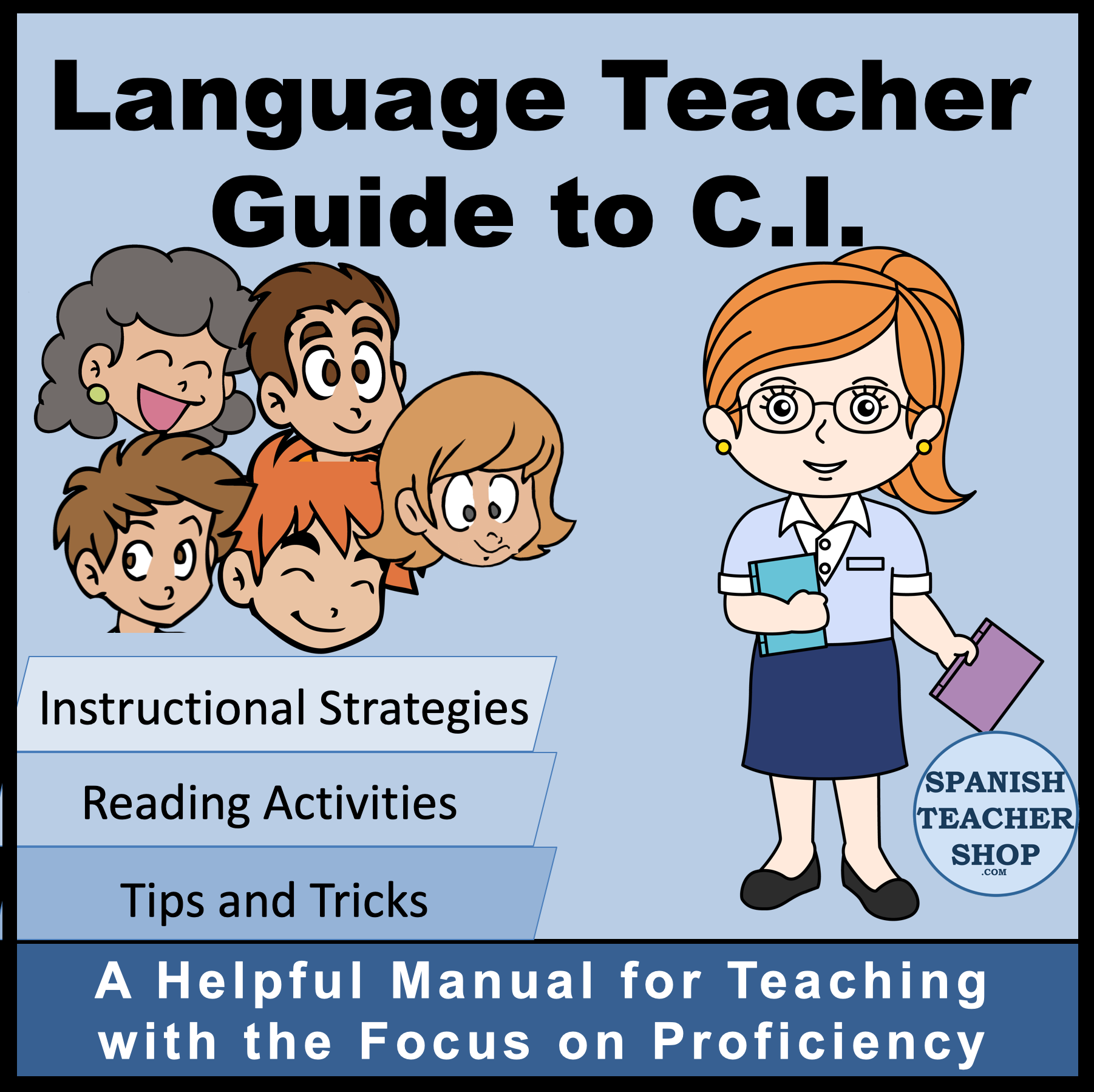With lots and lots of input, they got most parts of the verb without ever having to put it in a verb chart. I never assessed them on what part of the verb they knew (such as a “fill in the blank” or “match subject to verb” or “conjugate this”), but rather on what they could do with the language (click here for an example of performance assessment with an emphasis on what students can do as opposed to just demonstrating grammar accuracy). My students were communicating, doing well, I was on a roll, I was invincible…
via Authentic input versus grammar drills, a case study.
If we want our students to be able to “order at a restaurant”, then giving them the forms for the verbs “to eat”, “to order”, “to drink”, “to bring” in the present and past tense will not give them the necessary input for this skill. However, if we show them video clips and audio clips of people of people ordering food, images with captions of restaurant situations, and practice asking them questions that a waiter would ask and guiding their answers, then they are much more likely to be able to achieve this skill.












¡Tienes toda la razón! 🙂 Por unas clases comunicativas y útiles
Amen, and thanks for the shout out 🙂
Nice article, I agree. 🙂
Or perhaps a combination of both kinds of input – as illustrated above – is necessary? I think it’s wishful thinking in the classroom to just flood students with all sorts of authentic stuff and boom – it will come out after it’s all done.
I am a huge believer in input. However, it has to be authentic and comprehensible, and then activities need to be done to focus ON that input… moving the students more towards output. And some grammar is necessary – maybe not focusing on all forms at a time, but on a few.
I agree, let’s be communicative, let’s be authentic, but let’s be realistic as well, and let’s focus on form as well.